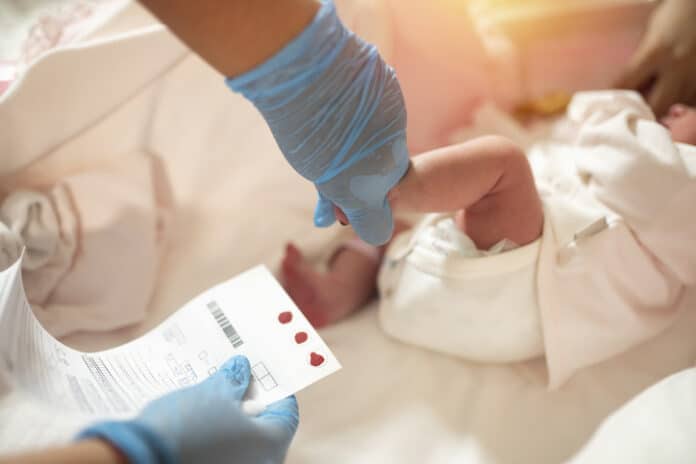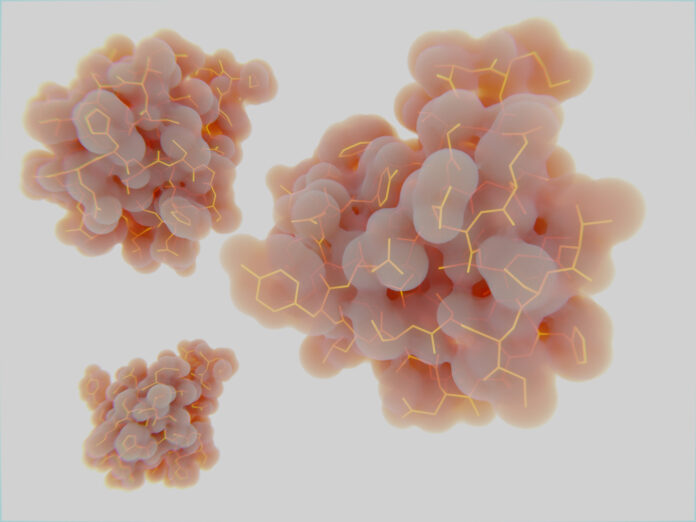
Results from a case-control study led by the University of California San Francisco show that an abnormal metabolic profile shortly after birth was associated with sudden infant death syndrome (SIDS).
Writing in JAMA Pediatrics, the researchers suggest that bringing in a broader metabolic test at birth could help identify infants who could be at higher risk of SIDS.
SIDS is the main cause of sudden unexplained infant death in the U.S. and accounts for approximately 38.4 per 100,000 live births per year. Some risk factors have been identified, for example, smoking or alcohol use during pregnancy, low socioeconomic status, prematurity, high blood pressure during pregnancy, and infant sleeping position, among others, but many cases remain a mystery.
Analysis from samples taken from infants who have died of SIDS has shown that these children are more likely to have undiagnosed metabolic conditions, likely related to fatty acid beta-oxidation disorders.
To investigate this further, Scott Oltman, an epidemiologist at the University of California San Francisco, and colleagues carried out a case control study that matched 354 SIDS cases to matched controls at a ratio of 1:4.
The infants were born between 2005 and 2011 and had full metabolic data collected during standard newborn screening. Controls were matched to cases by gestational age and birth weight.
The metabolic analysis measured levels of 12 amino acids, 26 acylcarnitines, and free carnitine, as well as two hormones (17-hydroxyprogesterone and thyrotropin), and one enzyme (galactose-1-phosphate uridyltransferase).
The study showed that acylcarnitine levels seemed to be significantly linked to risk for SIDS. High levels of free carnitine and C-14OH were associated with higher risk, whereas increased levels of C-3, C-5DC, and C-12:1 were linked to lower risk for SIDS.
“Acylcarnitines play a crucial role in transporting fatty acids across the mitochondrial membrane, which is the rate-limiting step in fatty acid β-oxidation. Hence, aberrant levels of acylcarnitines may indicate systemic dysfunction of fatty acid oxidation,” wrote the authors.
“This finding is supported by previous studies that have found associations between enzymes of fatty acid oxidation and SIDS.”
The researchers built a statistical model to test for risk of SIDS based on 14 factors including: administration of total parenteral nutrition, age at blood spot collection, infant sex, adequacy of prenatal care, race and ethnicity, maternal age and measurement of 8 metabolites.
This model predicted SIDS to a good level of accuracy with an area under the receiver operator curve score of 0.70–0.75. In a test set, the model predicted that 32 children had a reasonably high risk of SIDS (probability greater than 0.5) and 20 of the group died. These children had a 14.4-fold increased risk for SIDS compared to children with a probability of 0.1 or less.
“These findings suggest that metabolic profiles at birth may have utility for individualized, targeted counseling aimed at identifying infants with an increased vulnerability to SIDS,” concluded the researchers.
“Further, these patterns point to novel inroads for scientists and clinicians to further investigate mechanisms of aberrant metabolites in SIDS in order to develop targeted therapeutics.”










![Best Weight Loss Supplements [2022-23] New Reports!](https://technologytangle.com/wp-content/uploads/2022/12/p1-1170962-1670840878.png)




